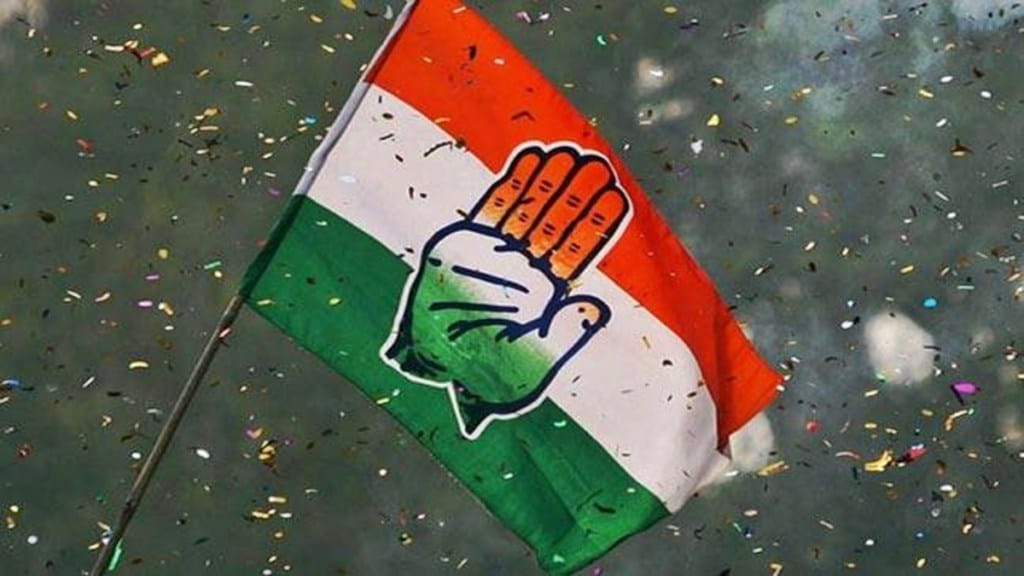By Salman Soz
On April 5, the Congress Party launched “Nyay Patra,” its manifesto for the upcoming Lok Sabha polls. The BJP and the most of the media would have you believe that the Congress’ vision is limited to welfare schemes and social justice. The people of India should not fall for this propaganda, however. In addition to a series of targeted guarantees to support our most vulnerable population segments, the Congress Nyay Patra promises to unleash a 1991 moment of strong reforms, taking us back to the era of 8%+ GDP growth.
It contains a bold new set of pro-growth ideas, ranging from regulatory relief to tax stability. A Congress-led government in 2024 would be a boon for India Inc, the salaried middle class, and taxpayers.
We start by asking why India’s growth has been faltering in recent years, and arrive at three major reasons. First, the business environment has become hostile to private investment.
Aggressive agencies, a dominant crony-oligopoly, and creeping regulations have all suppressed investment. Second, the complexity and burden of regulations and taxes, both indirect and direct, have multiplied. Third, India faces an unemployment crisis conjoined with a serious shortage of skilled labour and extremely limited participation of women in the economy.
So, our manifesto has a range of measures to address these issues.
Private investment
We are committed to a healthy and trustworthy business climate. The prolonged stagnation in private investments is largely because entrepreneurs are made to contend with a hostile Income Tax Department and Enforcement Directorate. The Congress promises a fear-free regime, an end to tax terrorism, and a spirit of mutual cooperation and respect. Investigative agencies will now be bound by strict Parliamentary oversight.
The Congress will also restore the independence of critical economic fora to improve business confidence. Specifically, the appellate tribunals for Income Tax, GST and Customs will be made autonomous judicial bodies, so that investors and business owners can be confident of a speedy, fair and impartial judicial process.
Another key factor holding back investment has been the devolution of India’s vibrant private sector into a crony-capitalist oligopoly. No entrepreneur in her right mind would start a business today in ports, green energy, telecom, or any number of other sectors, unless their name begins with ‘A’ and they are based in Gujarat. The excessive dominance of a few crony firms has suppressed the animal spirits of business in India, crowding out both domestic and foreign private investment.
Come June 2024, a newly-empowered Competition Commission will clamp down on the blatant anti-competitive practices, unleashing a new wave of private investment and creative forces.
Streamlining tax and regulations
In the spirit of 1991, the Congress understands that today’s regulatory regime has “deteriorated into a system of overt and covert controls.” We have promised a comprehensive review of all regulations, along with the necessary pro-business amendments.
Further, we have promised to protect innovation and IPRs, promote rule-based free trade and international commerce, and simplify the GST regime. We will correct the distortion where large firms face a tax rate (corporation tax) which is lower than the tax rate faced by MSMEs, such as those in partnerships. We will also eliminate the “Angel tax” on venture capital. Together, these steps add up to a much freer market and the foundation of higher and broad-based growth.
The salaried employees powering the growth of businesses will also benefit from the Congress Nyay Patra. We have promised a Direct Taxes Code that will usher in an era of transparency, equity, clarity, and impartial tax administration of direct taxes. Further, the personal income tax rate will be kept stable throughout our term, allowing people to make long-term plans for their finances. Even excessive road toll-taxes will be reviewed, and only levied according to transparent formulae.
The direct and indirect tax burden on the middle class will therefore come down drastically, while becoming stable and predictable. This will free up disposable income for families, giving an impetus to private consumption growth.
Transforming the labour market
Finally, two visionary labour-market programs in the Manifesto promise a transformation in the skilling and employment pipeline. It is widely perceived that most college graduates in India lack the skills needed to enter today’s job market. Our Right to Apprenticeship promise, modelled on the German system, will put youth into a 1-year program directly with all kinds of employers.
A Rs 1 lakh stipend for each apprentice, borne by the government, will reduce the cost of this program for companies. While youth gain key skills, companies will gain a new tool to identify and train talented youth from their apprentice pool, thereby lowering the cost of talent acquisition. Small businesses will especially benefit from this.
MEMEs will also be the biggest beneficiaries of the promised employment-linked incentive Scheme, a rejoinder to today’s ineffectual Production-Linked Incentive (PLI) scheme. While PLIs have been concentrated among a few large corporates and largely entail wasteful spending, ELIs will be available to every single job-creating MSME in India. MSMEs employ the vast majority of workers in India already, and they will see major tax incentives based on their number of employees, thereby powering job-creating growth.
In its 46 pages, the Nyay Patra lays out a multi-pronged strategy to revive consumer demand, strengthen our business environment, moderate our excessive tax regime, and correct our distorted labour markets. The party that brought the 1991 reforms is now in 2024, ready to unleash India’s growth potential, with the full participation of India Inc, the salaried middle class, and the common taxpayer.
(The author is an economist, author and National Spokesperson for the Indian National Congress)


